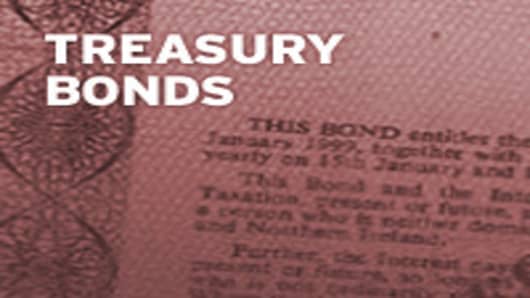The long-running bull market for bondsshould continue this year, albeit with different sectors eventually leading the way.
Treasury bondscontinue to defy bubble predictions, and the Federal Reserve’s position that it will keep rates low through 2013 could extend the Treasury rally a tad longer, says Scott Kimball, a portfolio manager with Taplin, Canida & Habacht.
The Fed insists that inflation remains subdued and that it expects only modesteconomic growth, affirming an easy-money policy for the foreseeable future.
In addition to spurring a move into riskier assets, such a policy also acts as a form of insurance to protect against continued instability in Europe, analysts say.
But with 10-yearnominal yields below 2 percent and real yields negative when adjusted for inflation, most market watchers say the desire for higher income will trump safety and lead bond investors into the sectors that offer a higher yield than Treasurys.
Combine a desire for yield with expectations for slow but steady economic growth and tame inflation and you have an environment that should benefit all but the priciest U.S. bonds.
For ETF investors, this means steering clear of the government-heavy broad-market vehicles like iShares Barclays Aggregate Bond and Vanguard Total Bond Market and drilling down to the spread sectors.
“We’re very constructive on corporate credit; the fundamentals look extremely positive,’’ says Chris Molumphy, chief investment officer of Franklin Templeton Fixed Income Group.
U.S. corporate bonds turned in a solid 8.1 percent performance in 2011, and the momentum has remained intact. Companies have increased profits through a sluggish recovery by cutting debt, boosting productivity and taking advantage of ultra-low interest rates to refinance at favorable terms. These actions have helped improve credit quality, one of the main drivers of price increases.
Improving fundamentals and a stabilizing economy should also benefit junk bonds. The current default rate of 1.7 percent for bonds rated below investment grade is low compared with the 4.2 percent long-term average.
Junk-bond issuers should be in the clear for the next three years before the effects of refinancing at lower rates and extending maturities begin to wear off, says Mary Austin, portfolio manager of the Pax World High Yield Bond Fund.
“When GDP [growth] is 2 percent or lower, high yield has historically outperformed,’’ she adds.


